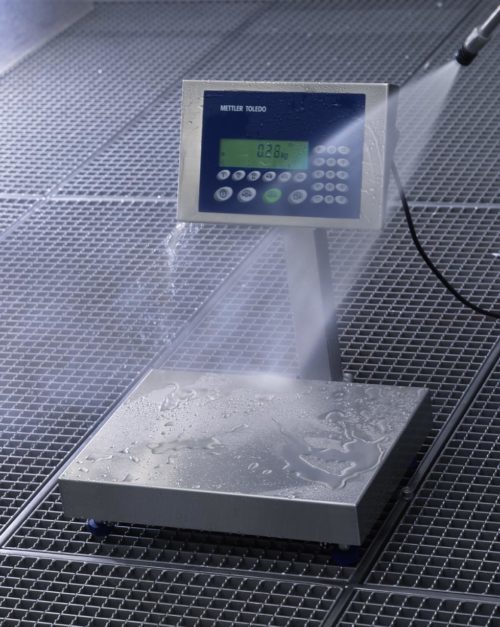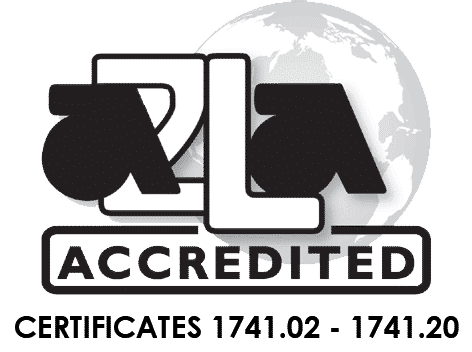IP Code Ratings Defined
What is the IP Code?
The IP code (either the Ingress Protection code or the International Protection code) is defined by the IEC (International Electrotechnical Commission) in IEC 60529. It is a coding system which defines the degrees of protection provided by enclosures. This includes access to hazardous parts, ingress of solid foreign objects and the ingress of water, as well as additional supplemental information about that protection. It is made up of two digits and additional optional letters.
The IP code allows users around the world to be confident in knowing under what conditions their electrical and mechanical goods are safe to use. Unlike vague terms like water-proof or water-resistant, the IP code precisely defines how the equipment can be expected to withstand specific environmental conditions.
Why is the IP rating important? In many industries, whether there is dust, dirt, moisture or other adverse conditions, if these elements penetrate the enclosure, it can be detrimental for the electronic circuits and instrumentation inside. By choosing a device with an appropriate IP rating, the user can be confident that it will be resistant to whatever environmental factors are present in its application.

First Digit: Solids
The first digit shows the level of protection that the enclosure provides against access to hazardous parts (either mechanical or electrical) and the protection against the ingress of solid foreign objects. The table below defines each digit and what it is effective against:
| Level | Protected against objects sized: | Practical items that it is protected against |
| 0 | Not Protected | No protection against contact and ingress of objects |
| 1 | >50mm | Any large surface of the body, such as the back of the hand, but no protection against deliberate contact with a body part. |
| 2 | >12.5mm | Fingers or similar objects. |
| 3 | >2.5mm | Tools, thick wires, etc. |
| 4 | >1mm | Most wires, screws, etc. |
| 5 | Dust Protected | Ingress of dust is not entirely prevented, but it must not enter in sufficient quantity to interfere with the satisfactory operation of the equipment; complete protection against contact. |
| 6 | Dust Tight | No ingress of dust; complete protection against contact |
Second digit: Liquids
The second digit shows the level of protection that the enclosure provides against the ingress of water and other liquids.
| Level | Amount of water protected | Practical description |
| 0 | Not protected | – |
| 1 | Dripping water | Dripping water (vertically falling drops) shall have no harmful effect. |
| 2 | Dripping water when tilted up to 15° | Vertically dripping water shall have no harmful effect when the enclosure is tilted at an angle up to 15° from its normal position. |
| 3 | Spraying water | Water falling as a spray at any angle up to 60° from the vertical shall have no harmful effect. |
| 4 | Splashing water | Water splashing against the enclosure from any direction shall have no harmful effect. |
| 5 | Water jets | Water projected by a nozzle (6.3mm) against enclosure from any direction shall have no harmful effects. |
| 6 | Powerful water jets | Water projected in powerful jets (12.5mm nozzle) against the enclosure from any direction shall have no harmful effects. |
| 7 | Immersion up to 1m | Ingress of water in harmful quantity shall not be possible when the enclosure is immersed in water under defined conditions of pressure and time (up to 1 m of submersion). |
| 8 | Immersion beyond 1m | The equipment is suitable for continuous immersion in water under conditions which shall be specified by the manufacturer. Normally, this will mean that the equipment is hermetically sealed. However, with certain types of equipment, it can mean that water can enter but only in such a manner that it produces no harmful effects. |
| 9(K) | Heavy Washdown | Protection against high-pressure, high-temperature jet sprays, wash-downs or steam-cleaning procedures – this rating is most often seen in specific road vehicle applications (standard ISO 20653:2013 Road Vehicles – Degrees of protection). |
In general, the larger the number, the greater the protection. For example, an enclosure rated IP31 would be more protected against ingress than IP21. However, it’s important to note that just because something is rated IP69K (the largest on the scale, suitable for heavy washdown conditions), it is not necessarily immune to immersion in water, IP67 or IP68. It’s critical to identify the environment where the equipment will be operating and then choose the appropriately rated product, rather than just going with the highest number possible.
The IP rating on a product is intended to clarify where the equipment can be safely used, but that doesn’t mean it is simple to use. The measurement experts at Cross have over 80 years of experience in specifying the right equipment for a particular application and then, if necessary, helping to install and integrate it. Contact us today to see which equipment is right for your application.
For more information about IP Ratings, please visit the IEC website: https://www.iec.ch/

